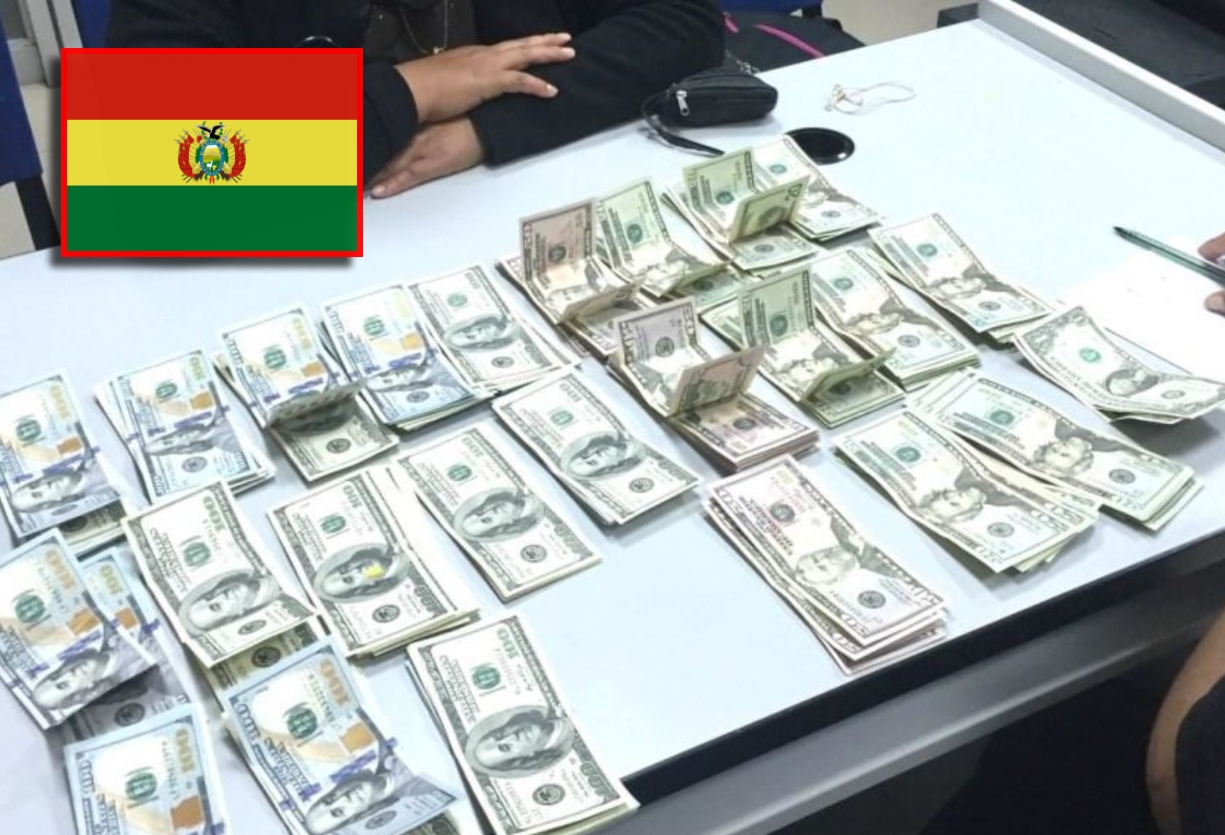
Bolivia is once again facing a crisis that is likely to intensify in the coming months. Although in recent years the South American country has experienced notable development thanks to its reforms and the discovery of precious minerals in the area, such as lithium; With the passage of time, more solid development has not been achieved and now it faces a new crisis on the eve of the 2025 elections.
The country faces a complex economic situation. The Bloomberg Línea platform points out that the crisis is directly due to two problems that the authorities have not been able to solve. In the first instance, one must address the serious shortage of US dollars that circulate in Bolivian territory and that are increasingly absent. As a second problem, a fiscal crisis needs to be faced that, although there is still time to correct itself, if the necessary measures are not taken, it could experience economic and social problems like other countries in the region.
Why is there a shortage of dollars in Bolivia?
The dollar crisis in Bolivia It is a problem that has been increasing over the years. However, it is in recent months that this problem has begun to reach a breaking point and—according to the Bloomberg Línea platform— The main causes of the shortage of dollars are the linking of the Bolivian to the US dollar, the decrease in the international reserves of the Central Bank of Bolivia (BCB) and the increase in demand for dollars.
The pegging of the boliviano (Bolivia’s official currency) to the US dollar, also known as the fixed exchange rate regime, is a monetary policy implemented by the Central Bank of Bolivia (BCB) since 2004. In this system, the BCB undertakes to maintain the official exchange rate of the Bolivian against the US dollar at a certain level.
To achieve this, the BCB uses various monetary policy tools, such as the purchase and sale of dollars in the exchange market, intervention in the reference interest rate and control of liquidity in the financial system. Although this measure was initially taken to be able to face an economic crisis and combat inflation, in recent years the pegging of the Bolivian to the US dollar limits the BCB’s ability to respond to external shocks. such as changes in export prices or in the global interest rate.
In addition to the fixed exchange rate, other factors that increase the shortage of dollars in Bolivia are the following:
- Decrease in reserves: According to Bloomberg, the BCB’s international reserves have fallen due to decreased exports of raw materials and increased imports.
- Increasing demand: According to Management, the demand for dollars has increased due to economic uncertainty, informal dollarization and the search for a safe haven for investments.
Fiscal deficit in Bolivia: what is it due to?
The fiscal crisis in Bolivia is the result of a combination of factors, including the end of the natural gas boom, the inability to capitalize on lithium reserves, unsustainable public spending, a fixed exchange rate and a shortage of foreign currency. The crisis has had serious consequences for the Bolivian economy, which implies an economic slowdown, an increase in inflation, social unrest and political instability.
Growth and fall of natural gas in Bolivia:
Income from exports of natural gas – the State’s most valuable resource – which was once the basis of the Bolivian economy, has plummeted due to the fall in international prices and the depletion of reserves.
In the last governments, the reforms and the exchange of Bolivian gas bore fruit and helped the Bolivian economy grow. However, this change has been slowed in recent years, especially by exhaustion and little development in this industry.
Inability to capitalize lithium reserves
The lithium boom It was one of the main expectations of the Bolivian Government, since when it was announced that the country was on top of a large deposit of this mineral and about the arrival of investors from all over the world, it was thought that the extraction and sale of the mineral would help the acceleration of Bolivian growth.
However, over the years, the Andean country has not managed to develop a national industry to exploit them and export the processed mineral. Although the extraction and sale serve as economic income for the country, The high expectations that were initially had are not met.
Unsustainable public spending
The Government has maintained high levels of public spending, partly financed by debt, despite declining revenues. This is best reflected in the subsidies that the State offers in order to mitigate the market price for its population. However, in the face of the dollar crisis and the fiscal deficit, it has left the ground free for the growth of the black market for dollars. Furthermore, the subsidy in the midst of the crisis only increases the problem that the country now faces.
According to experts, it is unlikely that subsidies will be cut, given that, in addition to the economic crisis, there is also a latent political crisis within the country. In 2025, elections will be held in the highland country, which prompts the authorities to continue with subsidies despite the future crises that they could entail.
Source: Larepublica
Alia is a professional author and journalist, working at 247 news agency. She writes on various topics from economy news to general interest pieces, providing readers with relevant and informative content. With years of experience, she brings a unique perspective and in-depth analysis to her work.












